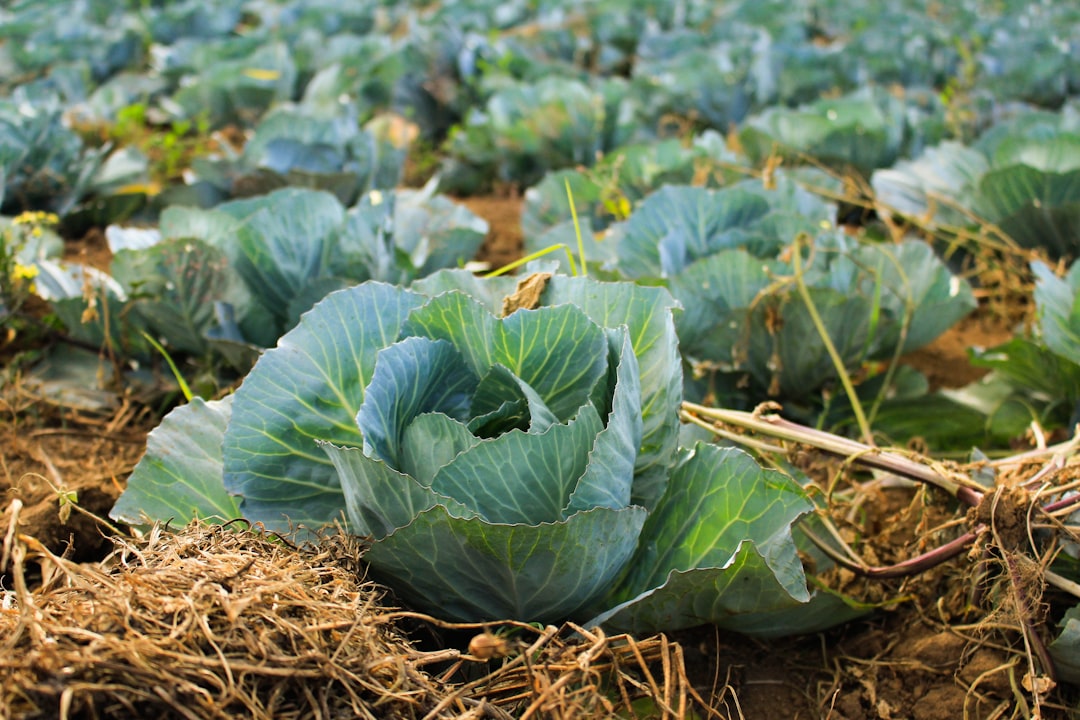Embarking on a backyard farming adventure doesn’t require a sprawling plot or a hefty investment. In fact, starting small can be the perfect way to dip your toes into sustainable living while learning valuable gardening skills. Focusing on manageable projects like herb gardens and raised beds allows you to enjoy the process, see quick results, and gradually build your green space over time.
Why Start Small?
Taking on a smaller project means lower costs, less maintenance, and plenty of opportunities to experiment without feeling overwhelmed. It’s a fantastic way to:
-
Learn the Basics: Gain hands-on experience with soil, water management, and plant care.
-
See Quick Wins: Enjoy early harvests and successes that motivate you to expand.
-
Build Confidence: Start with projects that are forgiving and adaptable as you develop your skills.
Herb Gardens: A Flavorful Introduction
Herb gardens are among the easiest and most rewarding projects for beginner backyard farmers. Here’s why they’re a great starting point:
Benefits of Growing Herbs
-
Minimal Space: Herbs like basil, mint, and rosemary can thrive in small areas or even containers.
-
Quick Growth: Many herbs grow fast, providing a steady supply for your kitchen.
-
Culinary and Medicinal Uses: Fresh herbs can transform meals and offer natural remedies for minor ailments.
Tips for Starting an Herb Garden
-
Choose the Right Location: Herbs need plenty of sunlight—aim for a spot that receives at least 6 hours of light a day.
-
Select Suitable Varieties: Start with easy-to-grow herbs like basil, parsley, or chives.
-
Plan Your Layout: Consider a raised container or small garden bed that consolidates your herb garden in one manageable space.
-
Maintenance: Regular pruning and occasional fertilizing will keep your herbs productive throughout the growing season.
Raised Beds: A Simple, Structured Approach
Raised beds are an excellent way to begin your backyard farming journey. They offer better control over soil quality and drainage, making gardening easier and more efficient.
Advantages of Raised Beds
-
Improved Soil Quality: Fill raised beds with nutrient-rich soil tailored to your plants' needs.
-
Enhanced Drainage: Raised beds prevent waterlogging, reducing the risk of root rot.
-
Easy Access: They’re great for reducing the need to bend down, making gardening more accessible.
Getting Started with Raised Beds
-
Materials: Raised beds can be built from wood, stone, or even repurposed materials. Choose a design that fits your space and budget.
-
Planning: Map out the dimensions of your raised beds, considering factors like available sunlight and proximity to your water source.
-
Soil Preparation: Invest in quality soil and compost to fill your raised beds, ensuring your plants have the nutrients they need.
-
Planting Strategy: Plan what you want to grow—vegetables, herbs, or even a mix. Raised beds are versatile, allowing for companion planting and crop rotation.
Combining Projects for Maximum Impact
Starting with both an herb garden and a raised bed creates a dynamic backyard farming space where you can enjoy the benefits of each method. For example:
-
Herb-Infused Vegetable Beds: Incorporate herbs into your vegetable beds to naturally repel pests and enhance flavor.
-
Expandable Designs: As you gain confidence, your raised beds can be expanded or linked together to create a larger garden space.
Final Thoughts
Beginning your backyard farm journey with small projects like herb gardens and raised beds is a smart, manageable way to enter the world of sustainable agriculture. These projects provide immediate benefits, a chance to learn, and a solid foundation for future expansion. Remember, every big farm starts with a small seed—so start planting yours today and enjoy the process of nurturing your very own green oasis.

Comments
No comments yet. Be the first to comment!
You must be logged in to comment. Login